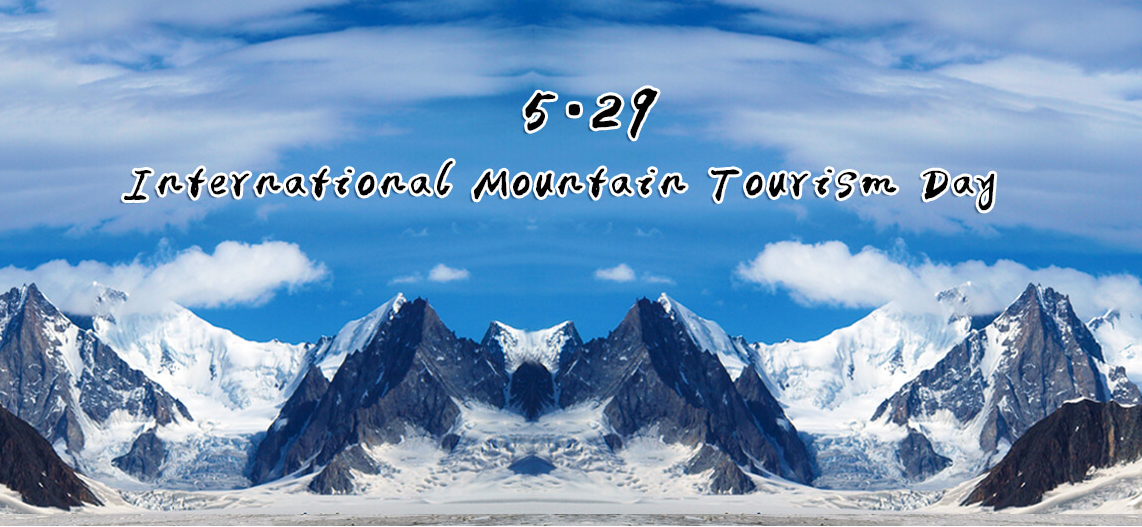When international travel came to a halt last year, Amsterdam — like cities everywhere — was drained of tourists almost overnight. The effect, according to Sonia Philipse, the owner of the restaurant Lavinia Good Food, was both surreal and serene: Without the crowds, her city was quieter and more beautiful than she had ever seen it.
“At this point we’re missing our tourists again,” Ms. Philipse said recently. “But I think there was a moment of really big joy in getting our city back.”
It’s a tension that Amsterdam has been trying to navigate for years: how to embrace its status as a vibrant, international hub without making the city unlivable for its residents — and without letting go of its famous, free-spirited roots.
Before the pandemic, city leaders had already put in place a number of measures to try to mitigate the problems stemming from tourism, including a ban on guided tours of the Red Light District; a ban on new hotels in the city center; an increase in the tourist tax; and a ban on new shops that cater to tourists. As early as 2014, Amsterdam stopped promoting itself as a destination in new markets overseas. Instead, the city’s marketing organization worked to guide and manage all of the visitors who showed up in the city.
But even with those measures in place, tourism continued to grow, and the rising numbers attracted attention. By 2019, news articles decrying surging tourist numbers mentioned Amsterdam, alongside Venice and Barcelona, as a prime example of overtourism in Europe.
The city center has a major problem: A tourism “monoculture” has taken root, and residents are being pushed out. Businesses and services that used to cater to locals — high-quality bakeries, butcher shops, and the like — have been replaced by trinket shops, ice-cream parlors and “Nutella shops,” which serve takeaway waffles and other treats smeared in the hazelnut spread, mainly to tourists. Meanwhile, rising housing prices — due, in part, to the rise of Airbnb and other vacation rental platforms — have made the city center unaffordable for many locals.
Mr. Jordan, the tourism analyst, said that other European tourist destinations that are dealing with similar challenges could learn a lot by studying Amsterdam’s experiences.














